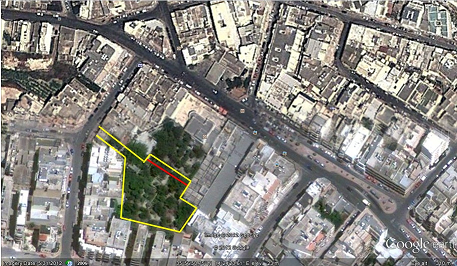
Flimkien għal Ambjent Aħjar welcomes the recent moves in favour of the preservation of heritage buildings. The Housing Authority scheme to rent accommodation from the private sector should prompt a more creative re-use of old areas like St. Helen’s area in Cospicua which had been scheduled for demolition.
A White Paper launched two weeks ago will, once ratified, ensure that property in the public domain cannot be handed over without an act of parliament, and that the public cannot be denied access to public land. This includes the entire coastline as well as the countryside, natural and cultural heritage.
Government is also concluding agreements to regain possession of Binġemma fortifications in Mġarr and Bengħajsa fortifications in Birżebbuġa; this is a very welcome move that should lead to the re-possession of other parts of Malta’s proud fortifications some of which which, outrageously, had been leased for use as cattle farms.
It is earnestly hoped that this White Paper is immediately ratified by the incoming government.
A two million euro scheme that has just been launched will reduce rates of taxation on the rent or sale of scheduled and urban conservation area properties, encouraging the re-use of such properties.
FAA has long been raising the issue that owners of scheduled properties should be assisted in their obligation to maintain the nation’s architectural heritage. Grants to help individual home-owners have now been extended to companies commissioning restoration works of heritage buildings to be used for commercial purposes. These will qualify for a tax credit of up to 30% of the cost, which will surely incentivise companies to use buildings which would otherwise be considered unfeasible due to high restoration costs.
FAA appreciates all the work involved in these provisions and in the scheduling of heritage properties. However it is not enough to schedule properties and then allow them to deteriorate. MEPA is failing in its responsibility to ensure that owners carry out at least basic maintenance of scheduled properties like Villa Drago and many other properties. These old villas are being bought for the development potential of their large gardens, therefore the collapse through neglect of the buildings would favour the owners.
While Government is doing its best to recover part of the fortifications in private hands, MEPA’s practice of only scheduling part of each heritage garden makes it possible to construct flats in these gardens. Building more empty flats in heritage gardens like Villino Chappelle, Villa Bonici and Villa Mekrech harms residents’ health and undermines Malta’s tourism policy aimed at boosting tourism through the valorisation of heritage properties. It is just as unthinkable as building flats in Palazzo Parisio – a model of what can be achieved with such properties.

GHAXAQ SCHEDULING MAP
With the assistance of up to 30% tax credits to assist owners, the preservation and conversion of heritage properties offers the best prospects for both the construction industry and the country.



